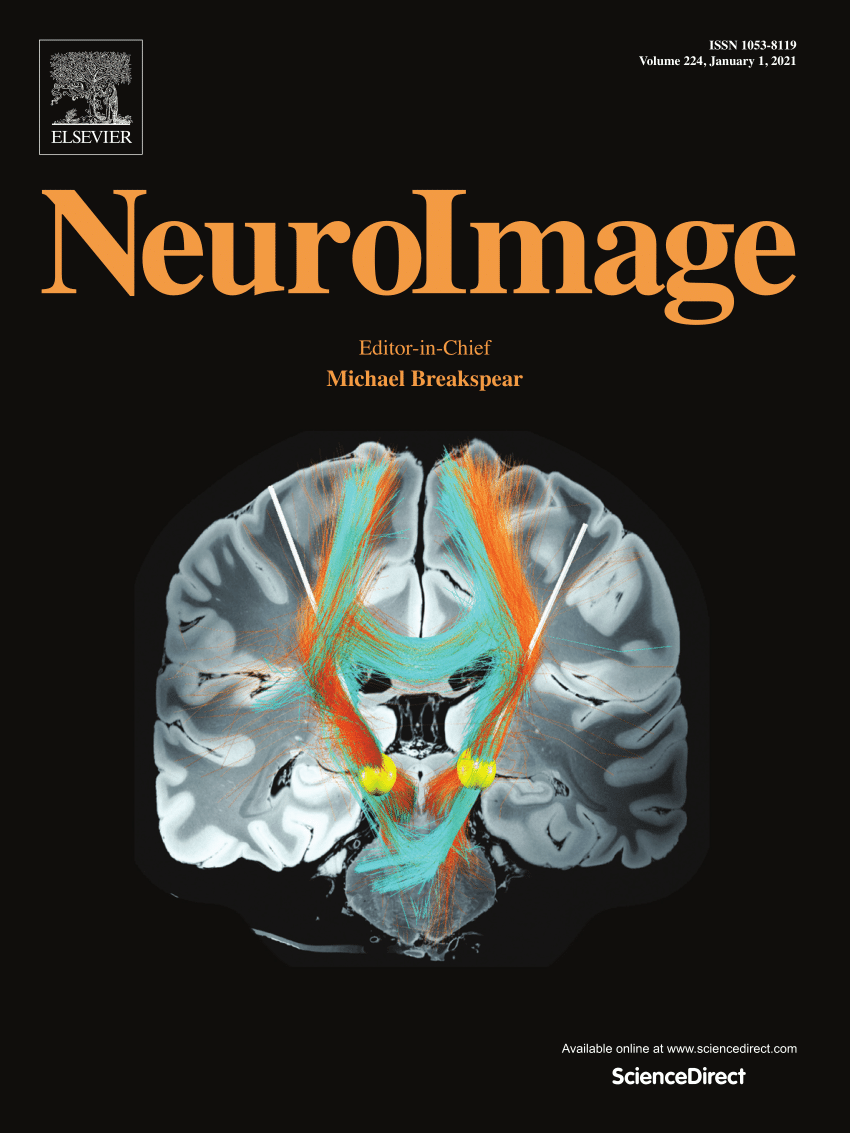Quantitative brain volume differences between COVID-19 patients and non-COVID-19 volunteers: A systematic review
IF 4.7
2区 医学
Q1 NEUROIMAGING
引用次数: 0
Abstract
Background
The majority of COVID-19 neuroimaging literature focuses on the acute period after infection and clinically evident lesions. The chronic effects of COVID-19 on brain structure are less well defined. There are inconsistencies in the existing structural neuroimaging studies regarding differences in brain volumes after COVID-19 infection. It was thus our aim to systematically evaluate the structural neuroimaging literature focusing on volumetric differences between patients with COVID-19, and volunteers without COVID-19, at greater than 6 weeks post-infection.
Methods
PubMed, Embase, and Scopus were searched in May 2023 with an updated search in September 2024, for studies with a quantitative comparison of brain volumes between COVID-19 patients and non-COVID-19 volunteers with MRI acquired more than 6-weeks after COVID-19. Exclusion criteria included COVID-19 patients selected for the presence of specific symptoms, case reports and case studies, and post-mortem studies. Forwards and backwards citation chasing were performed.
Results
Sixteen studies met inclusion criteria. The majority of studies reported smaller grey matter volumes amongst COVID-19 patients compared to healthy volunteers. However, there were inconsistent findings, with 3 studies reporting larger grey matter volumes in the COVID-19 groups. Additionally, studies with COVID-19 cohorts with more severe presentations, characterized by admission to the hospital or the ICU, were more likely to report smaller grey matter volumes compared to healthy volunteers, than studies that were focused on patients who recovered at home.
Conclusion
A systematic review of the literature indicates that COVID-19 illness severity may explain some of the heterogeneity in brain volume differences between COVID-19 patients and healthy volunteers. More longitudinal follow-up studies are needed to assess the longitudinal course of COVID-19′s effects on brain volumes.
COVID-19 患者与非 COVID-19 志愿者之间的定量脑容量差异:系统回顾
本文章由计算机程序翻译,如有差异,请以英文原文为准。
求助全文
约1分钟内获得全文
求助全文
来源期刊

NeuroImage
医学-核医学
CiteScore
11.30
自引率
10.50%
发文量
809
审稿时长
63 days
期刊介绍:
NeuroImage, a Journal of Brain Function provides a vehicle for communicating important advances in acquiring, analyzing, and modelling neuroimaging data and in applying these techniques to the study of structure-function and brain-behavior relationships. Though the emphasis is on the macroscopic level of human brain organization, meso-and microscopic neuroimaging across all species will be considered if informative for understanding the aforementioned relationships.
 求助内容:
求助内容: 应助结果提醒方式:
应助结果提醒方式:


